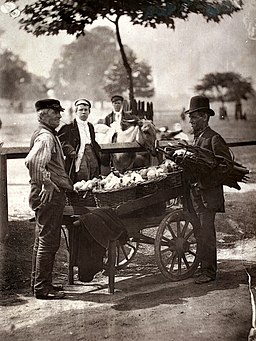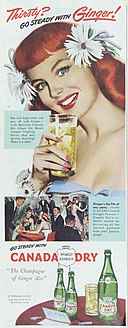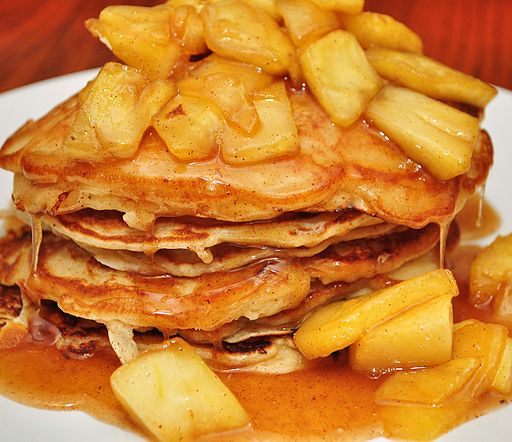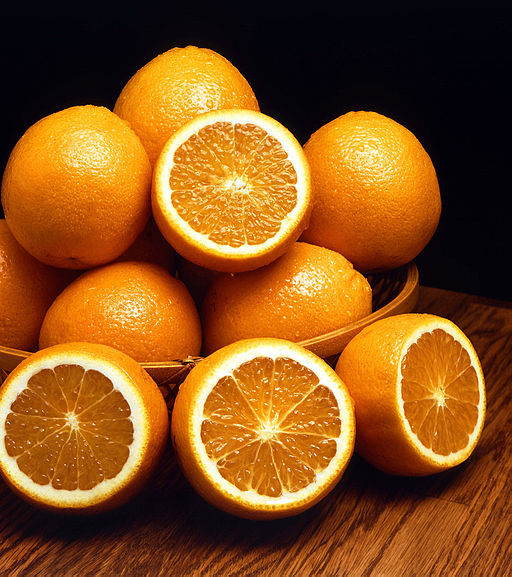All Bottled Up
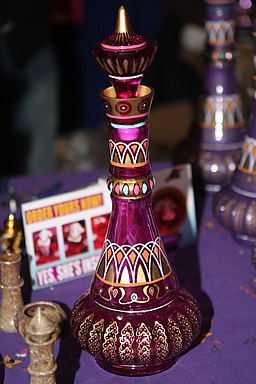
The prop genie bottle, with stopper, from the 1960s television show I Dream of Jeannie. Photo taken in June 2011 by Eva Rinaldi.
It is perhaps the last reason, the purely psychological one, that retains a foundation for using pry off caps, and of course it amounts to pure snobbery. The snobbery over twist off caps is even worse when it comes to consumer perceptions about wine. The craft brewers contradict themselves, too, when they plump for selling their beers in cans instead of bottles. They claim, with good reason, that because of improved linings for aluminum cans there is no longer any reason for consumers to be prejudiced against buying beer in cans. Fair enough, but just as with twist off caps for bottled beer, there remains the perception among consumers that beer in cans is inferior not merely because of possible taint from the container, but because for years beer in cans was the cheap, low quality preference of working class people.
Chubby Checker had a big hit in 1961 with “Let’s Twist Again”, the follow up to his 1960 hit “The Twist”. Some folks may feel the follow up is the better song, but it doesn’t matter much in the end and comes down to personal preference.
Let’s stop pretending then and admit the main reason to crown a beer bottle with a pry off cap is to send a signal to the consumer that what’s inside the bottle is quality stuff. It may well be, but snobbery around rituals should not be the determining factor. That’s as bad as wine snobs who get upset over twist off caps even though vintners and wine aficionados alike claim twist off caps are an improvement to the quality of wines not meant to be aged extensively but drunk within a few years of bottling. And as to craft sodas in bottles with pry off caps, that is merely an excuse to charge a premium for a product of dubious value. At least beer and wine producers can lay claim to some health benefits for their nectars, despite their consumption by mere mortals who allow their preconceived notions to get in the way of enjoying a good drink.
— Techly 

